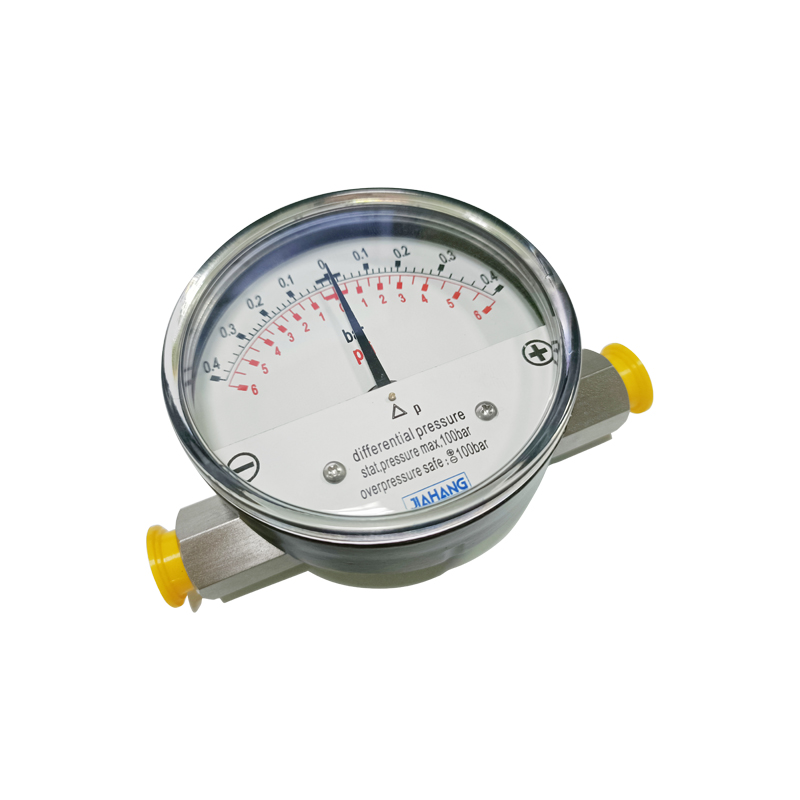
Nov . 08, 2024 19:23 Back to list
fire system pressure gauge
Understanding Fire System Pressure Gauges Importance, Functionality, and Maintenance
Fire safety is a crucial aspect of any building's design and operation. One of the most vital components in fire suppression systems is the pressure gauge. A fire system pressure gauge is an instrument that measures and displays the pressure of water or other suppression agents in a fire protection system. This article explores the significance, functionality, and maintenance of fire system pressure gauges.
Importance of Fire System Pressure Gauges
Fire system pressure gauges play a critical role in ensuring that fire suppression systems are functioning correctly. In the event of a fire, these systems must deliver adequate pressure to suppress or extinguish flames effectively. The pressure gauge provides real-time data, enabling maintenance personnel and fire safety experts to ascertain whether the system is operating within the required parameters.
A properly functioning pressure gauge can help detect leaks or malfunctions within the system, ensuring that problems are identified and rectified promptly. Furthermore, many local building codes and fire regulations require operational pressure gauges as part of fire safety compliance, underlining their importance in the overall safety strategy of a facility.
Functionality of Fire System Pressure Gauges
The basic workings of a fire system pressure gauge are straightforward. Most commonly, these gauges employ a Bourdon tube or diaphragm mechanism to convert pressure into a readable measurement. When the pressure of the fluid inside the system rises, it pushes against the element inside the gauge, causing it to move. This movement is then translated into a numerical reading on the gauge's dial.
There are various types of pressure gauges used in fire systems, including analog and digital models. Analog gauges have a dial and a needle that points to the pressure reading, while digital gauges display the measurement on an electronic screen. Digital gauges can also include additional features, such as alarms for low or high pressure, which can enhance the monitoring capabilities of the fire safety system.
fire system pressure gauge

Typical pressure values are usually marked on the gauge, indicating the optimal operating range for the fire protection system. It's essential for staff members to be trained in reading these gauges, as it allows them to respond quickly in the event of an emergency.
Maintenance of Fire System Pressure Gauges
Maintaining fire system pressure gauges is crucial to ensure their reliability and accuracy. Regular inspections should be conducted to check for any signs of damage or wear. This includes looking for any leaks, corrosion, or physical deformities in the gauge. Calibration is another important aspect of maintenance; gauges should be recalibrated at least once a year to ensure their readings are accurate.
In addition to regular inspections, it is vital to maintain the entire fire suppression system. This means ensuring that pumps, pipes, and valves are all functioning properly. A failure in any part of the system can affect pressure readings and potentially compromise the system's effectiveness in a fire emergency.
Moreover, employee training is an integral part of maintenance. Staff should be educated on the significance of pressure gauges, how to read them correctly, and what steps to take if the readings fall outside the expected range. This knowledge can be critical in responding to fire incidents effectively.
Conclusion
In summary, fire system pressure gauges are indispensable tools in maintaining fire safety in buildings. Their ability to provide real-time pressure readings ensures that fire suppression systems operate efficiently, thereby protecting lives and property. Regular maintenance and proper training are essential to their functionality and reliability. By understanding and valuing the role of pressure gauges, organizations can significantly enhance their overall fire safety strategies, making their environments safer and more secure for everyone.
-
High-Precision 5 Valve Manifold Differential Pressure Gauge Suppliers
NewsApr.29,2025
-
High-Precision Diaphragm Vacuum Pressure Gauges Manufacturers & Quotes
NewsApr.29,2025
-
Omega Differential Pressure Gauges High Accuracy & Durability
NewsApr.28,2025
-
Low Pressure Differential Pressure Gauges Precision Solutions & Quotes
NewsApr.28,2025
-
Digital Diaphragm Pressure Gaauge Precision Measurement & OEM Quotes
NewsApr.28,2025
-
Differential Pressure Gauge China Price High-Accuracy & Best Quotes
NewsApr.28,2025
